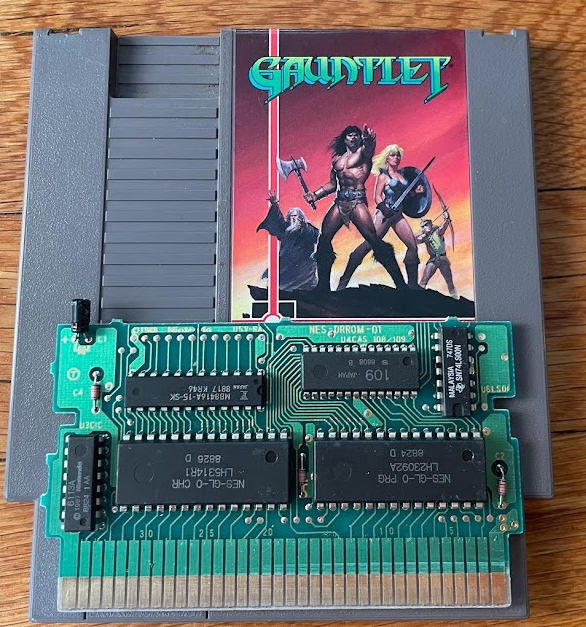It’s a video from YouTube Channel The Retro Future with the title “Nintendo didn’t want us to know this…” which I hate. Why not just mention it’s about the difference between the Kiosk Units and retail ones? I’ve seen a hundred clickbait titles like this that have completely disappointed me.
This time though, it actually was interesting content, even if I can’t see why Nintendo would care if we knew it.
The kiosk units that were displayed in stores to demonstrate software differed from the ones you could buy in one important respect: they have a resistor in a different place on the motherboard. Without this resistor, the kiosk units will only turn on if they’re connected to power. They still have a battery, but it doesn’t appear to be used! If the resistor is removed and soldered into the location it’s at on a production unit, it seems, it’ll function normally.
Here is the video:

